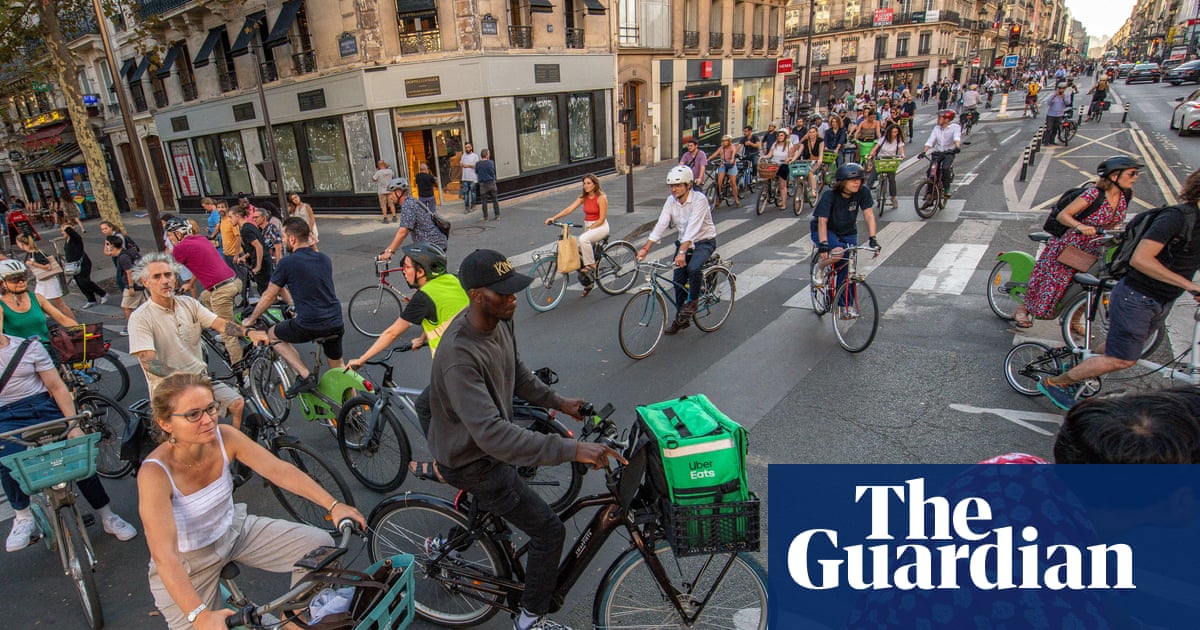Are you ready too see how cycling is reshaping cities around the globe? This article explores the latest trends in urban cycling, from infrastructure innovations to e-bike adoption, revealing how these changes are creating a more lasting and livable future. Discover the key elements driving the cycling revolution and what it means for how we move in the years to come.
Cycling into the Future: Trends Shaping Urban Mobility
Table of Contents
The world is changing, and so is the way we move. Cities are increasingly recognizing the importance of enduring transportation, and cycling is at the forefront of this revolution. From Paris’s remarkable transformation to the innovative approaches of other European cities, the future of urban cycling is radiant.Let’s explore the key trends shaping this exciting landscape.
Infrastructure: The Foundation of a Cycling City
Building dedicated cycling infrastructure is paramount. This includes segregated bike lanes, protected intersections, and ample bike parking. Paris’s success, fueled by investments for the 2024 Olympics and a massive cycling lane initiative, is a prime example [[1]]. Cities like Ghent, with its circulation plan, demonstrate how infrastructure improvements directly benefit cyclists, especially children and young adults [[1]].
Pro tip: Prioritize building a connected network of cycling routes to encourage cycling for all types of trips, not just leisure rides.
Safety first: Protecting Vulnerable Road Users
Safety is a critical concern. Implementing measures like reduced speed limits (30km/h zones, as seen in Helsinki) and “school streets” significantly improve cyclist safety [[2]].These initiatives create safer environments,especially for children,who are vulnerable road users.
Did you know? Child cycling mobility is a key indicator of a city’s commitment to sustainable urban planning.
Policy and Public Support: Driving the Change
Supportive policies and public backing are essential for successful cycling initiatives. The creation of low-emission zones and school streets often garners significant public support [[1]]. Employer salary sacrifice bike schemes, particularly for cargo bikes, further encourage cycling adoption.
The Rise of E-bikes and Cargo Bikes
E-bikes are transforming cycling, making it accessible to a wider range of people, including those who may find customary cycling challenging. Cargo bikes are becoming increasingly popular for transporting children and goods,offering a sustainable alternative to cars.
Challenges and Opportunities
While progress is being made, challenges remain.Some cities face resistance to change, and political shifts can impact cycling initiatives.However, the benefits of cycling – reduced pollution, improved public health, and enhanced quality of life – are undeniable.
Reader Question: what are the biggest obstacles to cycling in your city, and what solutions would you propose?
The future of urban cycling is about creating cities that prioritize people over cars. By investing in infrastructure, prioritizing safety, and fostering supportive policies, we can build a more sustainable and livable future for all.
What are your thoughts on the future of cycling? Share your comments below!

